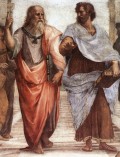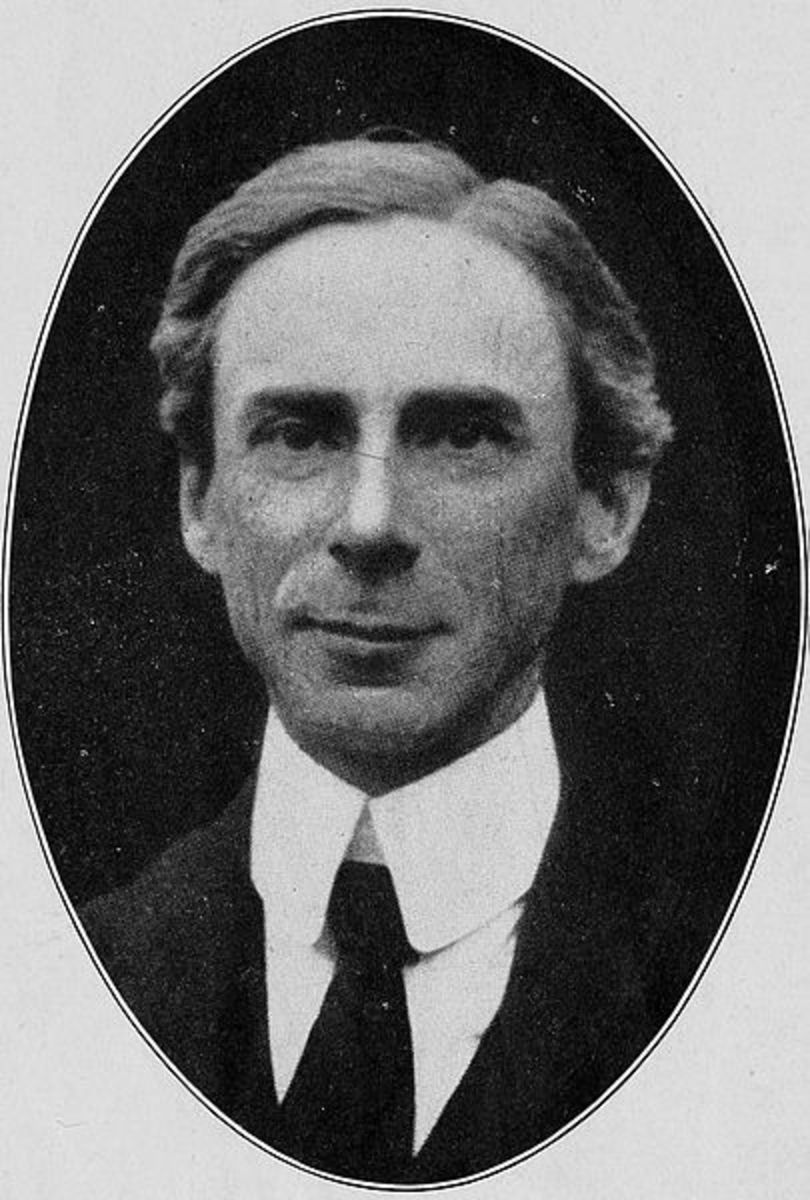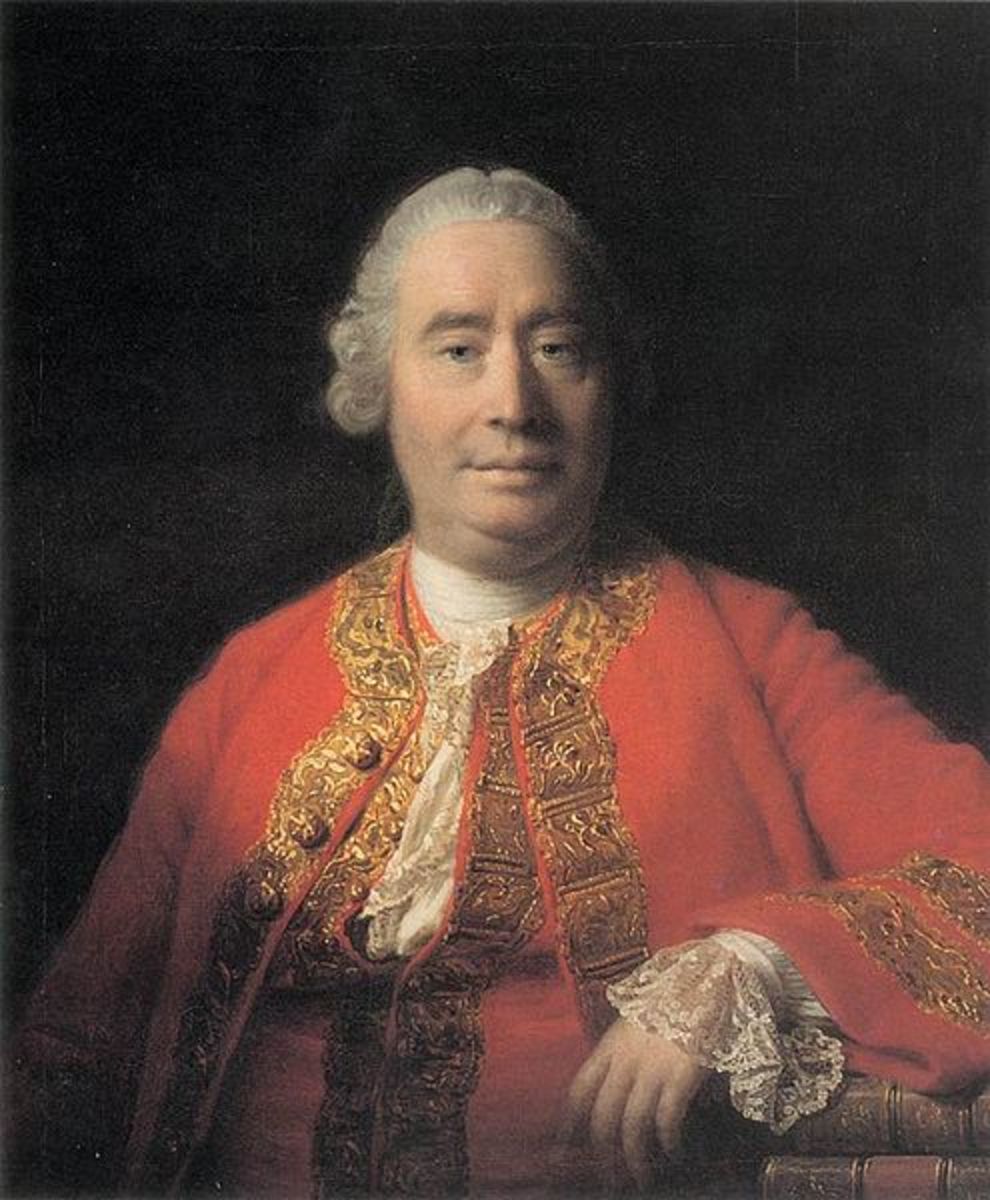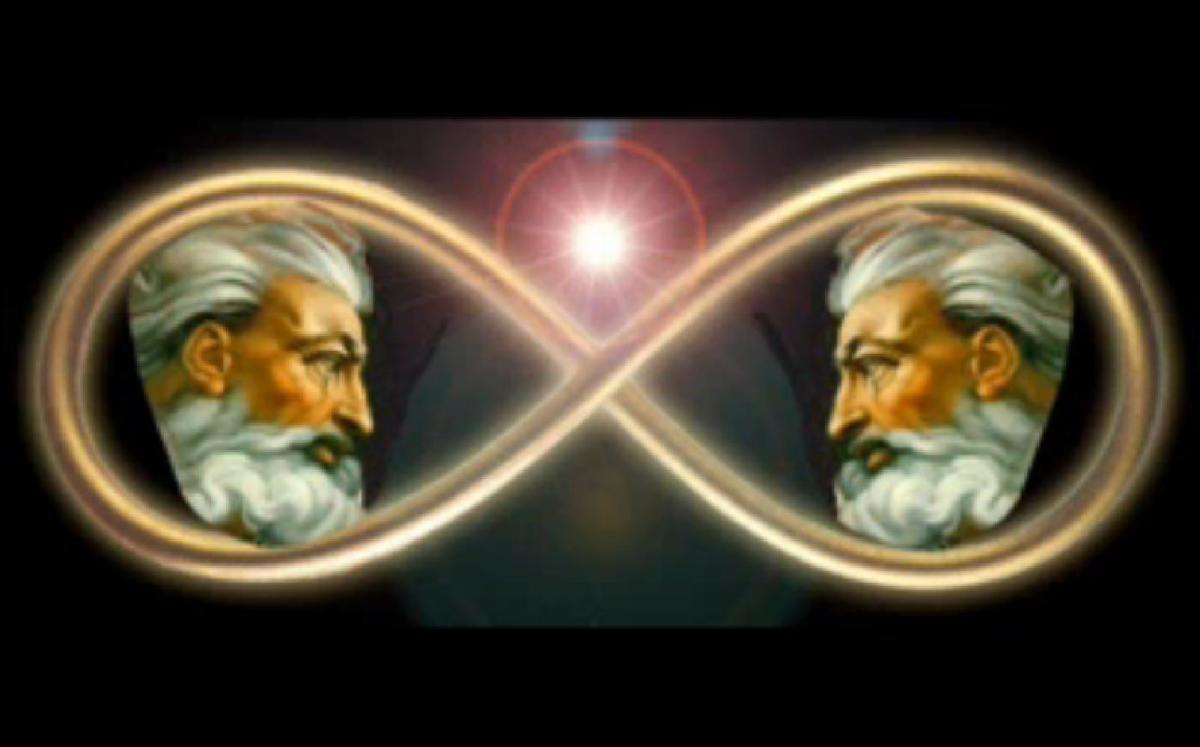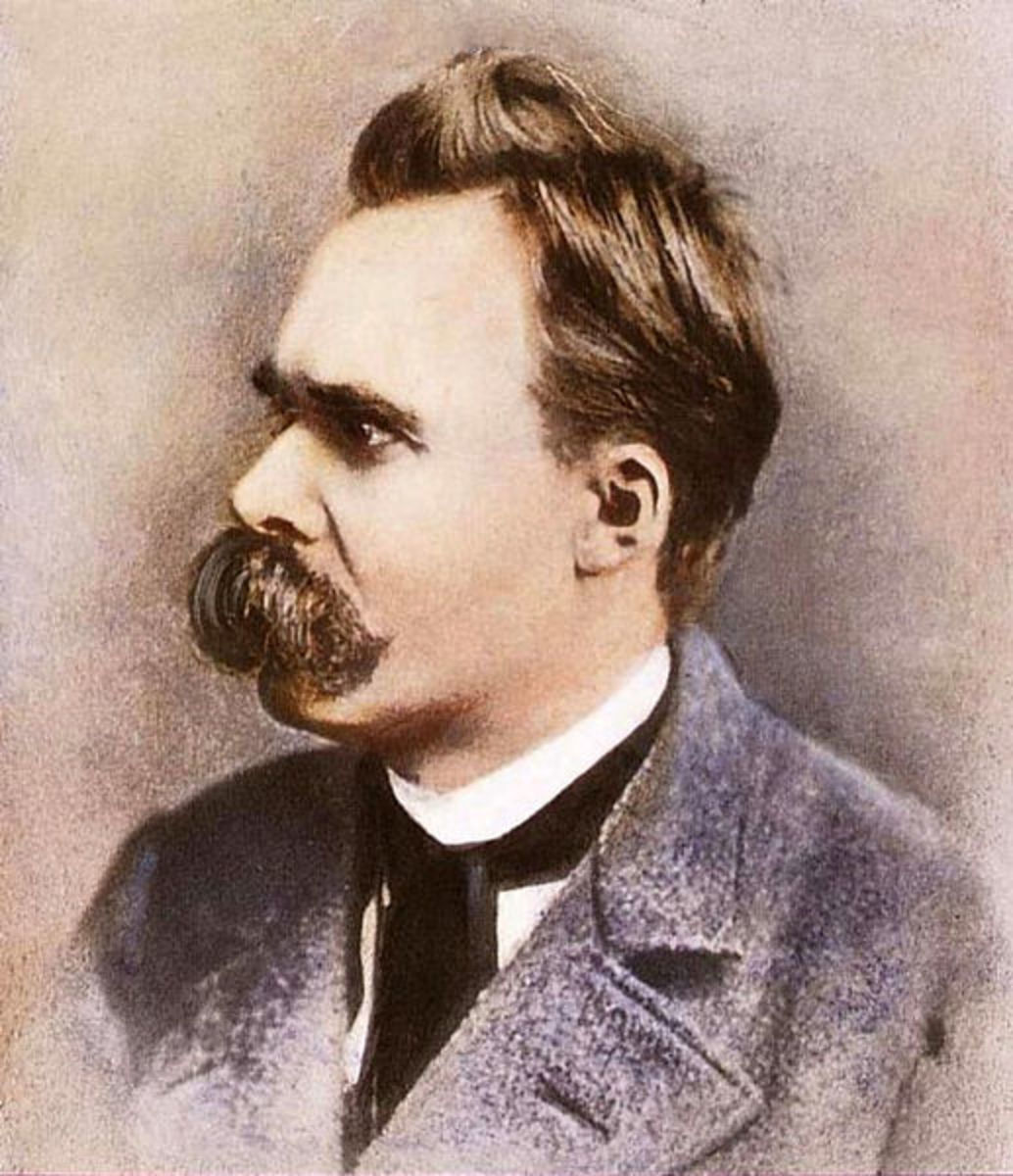Literature and Philosophy: Cartesian Dualism, David Hume, and Immanuel Kant's Copernican Revolution
Bridging the "Gap"
Immanuel Kant (1724 – 1804) is one of the most significant philosophers in Modern philosophy. This is because of many reasons far too broad for an article of this scope to examine. We can, however, examine one of his major contributions to modern philosophy: Constructivism, which has been, recognized by many, as a Copernican Revolution in epistemology. Though a full examination of Kant’s Constructivism is also too ambitious for our discussion, we can, perhaps, give a sufficient enough overview of it to introduce it to those relatively unfamiliar with the history of philosophy, yet informed enough of the issues Descartes discussed to have a desire to understand how they shaped the course of philosophy to follow in ways he could have never predicted.
To understand the significance of Kant’s Copernican revolution in epistemology, we must first situate his thoughts into the appropriate discourse. The immediate discourse of his revolutionary ideas in epistemology is his direct response to the skepticism of the philosopher David Hume (1711 – 1776). The larger discourse is the shape of modern philosophy[1] as a whole. The whole referred to here is necessary because Kant is not merely responding to the entire history of modern philosophy, that particular discourse which began with Rene Descartes, but also revolutionizes the future of modern philosophy, in a shift from ontology to epistemology.
[1]For the purposes of this article, we will stipulate modern philosophy to mean those particular lines of epistemology and metaphysics that result from and employ the technique of Rene Descartes Meditations on First Philosophy. Specifically, his skeptical approach, systematic doubt, and the issue of the “gap” between mind and body his work led to.
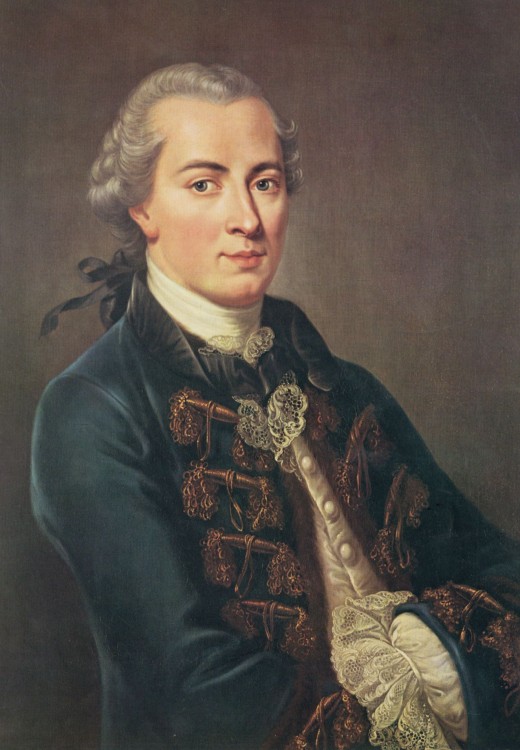
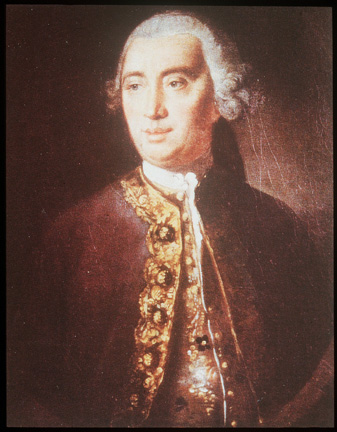
The larger discourse in which Kant took part began not with Descartes’ conclusions or insights, but rather it was his method and a consequence of it that defined what would become modern philosophy. When Rene Descartes sought to investigate all of his beliefs to see if there was anything certain in them, he also established a method for doing this: systematic doubt, a philosophical method of inquiry concerning beliefs that asks of each: is there any possible way to doubt its validity? If any doubt can be found, no matter how improbable or unlikely, the belief must be discarded as if completely false. What Descartes hoped to accomplish with this method was the foundation of a basic truth that could not be refuted and from which a system of irrefutable beliefs might be assembled.
Instead, what Descartes did was create the ultimate skeptical argument. His system of systematic doubt, though intended to provide certainty, ultimately created problems that would dictate the course of modern philosophy that is until Immanuel Kant.[1] Though Descartes did achieve his immediate goal, an unshakeable truth,[2] it was his creation of the scenario of the evil demon that defeated any possibility of provable belief systems. This “evil demon hypothesis” will henceforth be referred to as “the matrix,” after the popular film, the matrix is essentially a motivated evil demon that the reader is most likely already familiar with. To update Descartes “Evil Demon” approach to skepticism, ask yourself the question, and really think about it, how do you know you are not in the matrix right now? Understanding how life in the matrix has every appearance of life outside of the matrix, the crucial problem of modern philosophy until Kant, becomes apparent. Yes, the great thinkers of the last 300 years have debated ways to prove the matrix didn’t exist long before the movie came out. The philosophical discussion between these great minds has typically referred to this problem as the mind/body problem with good reason.
I cover the “gap” between body and mind more thoroughly elsewhere, but we should refresh for those who have not read that article. To outline the problem, Descartes explained the difference between the mind and the body as the difference between two types of “substances.” These two types of substances were, exactly, thought and extension. This seems fairly simple prima facie, but it is anything but as the resulting philosophical discourse shows. To elaborate upon the problem as Descartes described it, the mind is made of a substance called “thought,” while the body is made up of a substance called “extension.” In non philosophical terms, the problem is best understood by asking the question, how would it be possible for anyone “inside” the matrix to know they were “inside” of the matrix without actually going “outside” the matrix? If you consider this point for a while, it is a dilemma.
[1] For more on this, see my article that discusses Descartes more specifically. Here is the link: http://hubpages.com/hub/descartes.
[2] This is Descartes famous Cogito, “Every Time I think I exist, that thought is necessarily true.” The significance of this is that our existence cannot be doubted, though all manner of our existence can. Even so, we are a thing which experiences (even if we have no reason to believe the content of those experiences). This is a quick and dirty explanation of years of philosophical discourse between Descartes, Spinoza, Leibniz, Locke, Berkley and Hume. The significance of the Cogito will resurface with Kant, because it is the only thing from the previous discourse of modern philosophy he keeps in his revolutionary take on it.
Books by Immanuel Kant
Books By David Hume
Philosophically speaking, to be clear, the question is exactly: how is it possible for two separate types of substances to communicate when there is nothing in the one that is contained in the other and vice versa. The answer, despite Descartes claim that it was possible, was apparent to Spinoza and Leibniz who took up this issue directly after Descartes: these two substances had no way of communicating. Despite the implications for reality, the immediate philosophical response to Descartes “gap” problem was that bridging it was an impossibility. Thus, Descartes’ system of systematic doubt led to the creation of a gap between what happens in our minds and what takes place out in the “real world.” This would have more implications that it might seem at first, and, if you are a careful thinker, I am sure you can see the influence of this divide in ideas you’ve encountered in all sorts of arenas and schools of thought.
In many different ways, the question of bridging this gap was taken up by many of the most important philosophers who followed Descartes, but, however, there was no consensus between these minds on how to resolve the issue. While some argued a problematic unity of substance, still others tried to improve upon this “one substance”[1] explanation. In fact, it was not until David Hume came along, following on the idealism of George Berkley (1685 – 1753), that modern philosophy quit trying to resolve this idea of a “gap” between our mental perceptions and “the real world” of what happens outside of our thoughts (or the matrix). Hume, reviewing the discourse of modern philosophy before him, stated what seemed the common sense answer: this discussion is digressing into meaningless fodder, the logical consequence we are all skirting around acknowledging is that there is no way to bridge this gap and know for certain that we do not live in a world like the matrix.[2] Skepticism was the answer David Hume provided for the problems that had dictated the course of modern philosophy before him.
[1] Spinoza proposed that there was one substance, which was God, and that thought and extension were merely attributes of that substance of God. Leibniz, like Spinoza, wished to reconcile this “gap” between the mind and body, but was not satisfied with Spinoza’s pantheistic monoism, and created an even more complex system of monadology of which an exploration of which can yield no insightful purpose to this article it is so dense and no longer considered relevant.
[2] One need only spend a brief amount of time with the ontological discussions of the previous mentioned philosophers to find David Hume’s take refreshing, logical, and, to put it simply, saner than the hundred years of philosophy before him. Yes, Hume is a skeptic and doubted everything, but he is vastly, as is his skepticism, misunderstood. If we were all more like David Hume, no one would be killing anyone over what a book told them God thinks about people who don’t read that book.
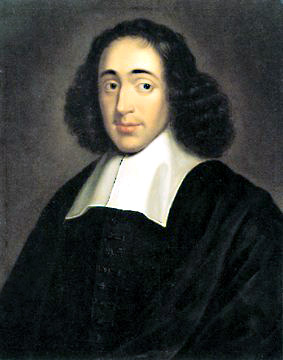
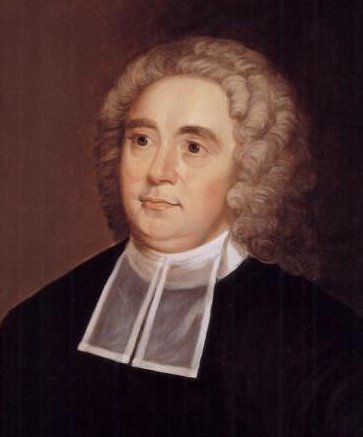
How Kant Fits In
This brings us back to where we started. To understand Kant’s immediate context, an understanding of Hume’s specific reasoning towards his skeptical conclusion about the existence of the outside world must be undertaken.[1] From his position, Hume was able to review all the arguments that came before him and conclude that systematic doubt, “therefore, were it ever possible to be attained by any human creature (as it plainly is not) would be entirely incurable and no reasoning could ever bring us to a state of assurance and conviction upon any subject.”[2] Hume then reviews the next steps made by Descartes and Spinoza: the appeal to a supreme being who would guarantee that our perceptions do indeed match up with an “external” or “real world.” Hume rejects this because, once one accepts the tenants of systematic doubt one must disqualify any evidence from the “external” to justify one’s belief in a supreme being and then as Hume put it, “we shall be at a loss to find arguments by which we may prove the existence of that Being or any of his attributes.”[3]
Hume’s point is to ask, to what will we appeal as evidence for the existence of a God who could guarantee us the validity of our perceptions? To put this in its modern form, to what can we appeal to, from our experience, as evidence that we are not in the matrix? To appeal to the content of those perceptions (what we see, hear, feel and experience) to establish the existence of a God who ensures the validity of those same perceptions is begging the question, as Hume realizes. To put this another way, it would be constructing an argument where one of the premises is the conclusion of that same argument. This is circular reasoning, or as I said, begging the question.
[1] The presentation of Hume’s argument that follows specifically avoids overly technical jargon and therefore oversimplifies many of Hume and Kant’s arguments in favor of a cohesive presentation of the history of modern philosophy that could be understood by an educated but uninitiated person of average intelligence as was noted in the introduction. I only add this footnote for someone who might criticize this article as being overly simplistic. This article is, again, more about the history of philosophy rather than an exercise in philosophy.
[2] Hume’s An Inquiry Concerning Human Understanding Section XII, Part I, Paragraph 3.
[3] Hume’s An Inquiry Concerning Human Understanding Section XII, Part I, Paragraph 13.
Never Carry Around a Stack of Books all Over Campus Again! Get a Kindle Today!
Hume also addresses the idea of secondary and primary qualities of an object.[1] He argues that since philosophers already accept that secondary qualities of an object are abstract and imposed on it by the mind, that it is a logical consequence primary qualities, such as extension and duration, are imposed upon that object as well. The point here is subtle, but it goes back to the idea that since we cannot conceive of an object of substance or duration without these secondary qualities, such as temperature, weight, color, etc., and sense these primary qualities again arrive to us through our senses, same as these secondary qualities, then we have much right to doubt they are “real” or “out there” as we already do about more supposedly arbitrary properties like hot and cold. The ramifications for Hume, the skeptic, are that this means our minds are capable of perceiving the experiences of time and duration without any “real world” correlation to these things at all. Hume put this eloquently when he said, “the ideas of primary qualities are attained by abstraction.”[2]
Another attempt to reconcile the mind-body “gap” that Hume debunks is the claim that “perceptions of the external world” are the same as the “external world.” This claim is saying, in essence, there is no gap at all, but that we really, by the means of the senses, have our minds truly come into actual contact with the external world. Hume responds by saying that no one “can ever find a convincing argument from experience to prove that the perceptions are really connected with external objects.”[3] In essence, Hume is saying that, unless we are outside of the matrix to check, there is no way of learning anything about how our mind interacts with the matrix/world because we can only see it from the inside, and from within your own mind, you cannot verify your senses are working properly because you only have them to compare to.
With an understanding of all of these issues from Descartes, and more specifically, how Hume responded to them, the stage is set to understand what has so often been called Kant’s Copernican Revolution. All philosophy is a discourse, or dialogue, and, as Hume wrote in response to Berkley and others, Kant wrote in response to Hume. Rather than, as Hume did, review all that was before him and attempt to illustrate how it was pointless and that from the very beginning the whole discussion made a few moves that have necessitated the sane appearance of the skeptical position taken by Hume, Kant agreed with Hume’s assessment of the situation. Proof, of the kind Descartes and those that directly followed him sought, Kant agreed, was impossible to find. However, Kant does not give up on philosophy; instead, he asks a new question, one that has not been asked before, and it is in the asking of this question that the shift known as Kant’s Copernican Revolution begins.
[1] Here Hume is responding to a different branch of the discourse of modern philosophy as it pertains to metaphysics. The concept of primary and secondary qualities is a distinguishing between things like hot and cold which are easily proven arbitrary (think of how a 95 degree glass feels after your hand has been in ice versus how it feels after it has been in very hot water) are different from real, or primary, qualities of extension: time and space. These, it was argued before Hume, are manifestations of the “real world.”
[2] Hume’s An Inquiry Concerning Human Understanding Section XII, Part I, Paragraph 15.
[3] Hume’s An Inquiry Concerning Human Understanding Section XII, Part I, Paragraph 15.
For More On Cartesian Dualism
- Literature and Philsophy:Cartesian Dualism in Rene Descartes' Meditations on First Philosophy
The history of modern philosophy has been shaped, for the most part, since its infancy by the problems Renee Descartes encountered in his Meditations on First Philosophy and subsequent philosophers...
The new question that Kant asks is this: what necessary conditions must hold for what we commonly accept as human knowledge to be possible? To clarify, he is no longer asking the old question, that is, how can we be certain that we have any knowledge and are not deceived about everything (the matrix question). The question he, instead, asks comes from two things. The first of these is Descartes’ Cogito, something no philosopher has disputed: that we are creatures with mental states which are experiences. The second influence on Kant in the formation of this question is what can be described as the common sense view of knowledge. That is, we commonly claim to have knowledge about ourselves and “the external world”; it is only in the context of philosophical discussion this knowledge is ever doubted. This is to say that if Hume is right, the validity of our common sense knowledge might simply be a task incapable of accomplishment by our mental facility.
This brings into notion, in a new way, the idea of a limit to our mental capacity. Kant says, let us not ask futile questions, but, instead, explore this limit of what we all commonly accept as the manner in which our understanding, if at all possible, takes place. Within this new investigation may lie a clue to unraveling the problems Descartes’ quest for certainty knotted for modern philosophy. Kant begins his discussion by examining all experiences as necessarily having the qualities of time and space. These two things he calls intuitions. These intuitions are the manner in which we interact with objects we “experience.” This is as simple as it seems, but remember, in philosophy, it is these seemingly simple steps at the beginning of the thought process that are so important. Throughout this article, terms like “real world” and “external world” have often been put in quotes to mark them for the purposes of a distinction at the heart of Kant’s Copernican Revolution, which is now important.
Other Philosophical Works of Note
Philosophy, and common man for that matter, has a common notion of an “external world” that extends in time and space and exists independently from us, the subject experiencing it. Kant, on the other hand, says all we really know is that we have no capacity for experience outside of the intuitions, as he stipulated them, of time and space. In other words, time and space are the form our way of “experiencing” reality takes place in. They are the vase into which anything we “experience” must fit before we can recognize it as experience. The revolutionary implication is that maybe time and space are properties of our human method of understanding, that maybe they are something we are, without realizing it, bringing to what we see as “the external world.” This is indeed one of the major ideas in Kant’s Copernican Revolution: that there is no outside world subject to time and space the way we imagine it, but rather, we create time and space by the method of our experiencing an “external world” that does not contain those properties as we have always assumed it has.
For Kant, “the external world” had none of the primary or secondary qualities Hume denied it. Kant saw all these qualities as signs, rather, of our human way of experiencing things external to our minds. What is left for the “external world,” then, is an unknowable reality that not only exists “outside” of us, but also, for Kant, exists “outside” our capacity to even experience it (again, this is a way of describing someone inside the matrix’s relationship with the world outside of the matrix). This existence Kant calls “noumenal reality.” It can only be understood, to humans, as that which we can never experience, for the second we interact with noumenal reality, we impose time, space, as well as several other categories Kant discusses, onto it. The result of this experience Kant called “phenomenal reality.” As strange as it seems, this is where the word “phenomenal” comes from. .
There are some ramifications Kant’s revolutionary way of looking at time and space, namely that it implies what goes on when we experience or understand is the impression of certain ideas or categories, by our mental processes and senses upon a neutral reality that does not necessarily possess them that results in the thing we understand as experience. This is an activity. That is to say, we, those who experience noumenal reality as phenomenal reality, are mentally organizing and arranging those things which we experience into two intuitions and twelve categories.[1] This would mean that thought, then, is an act, not a substance. Understanding what is meant with this will show us how Kant resolved what all since Descartes has failed at doing: bridging the gap.[2]
[1] These categories will not be discussed here, but are stipulated by Kant as things such as cause and effect, contingency, necessity, inference, negation, limitation, unity, etc. They require immense proofs to attest that they are a priori, that is innate in our system of understanding prior to experience, the walls of our understanding, and what it looks like inside our mind. Just understand that this means: if time and space are imposed upon reality by the human mind, cause and effect is are as well. This doesn’t mean that these things don’t have meaning, but that we have, since Descartes, gone about understanding their meaning in the wrong way.
[2] Many have argued that Kant has failed in many ways, but, as a student of the history of Philosophy, the questions we asked changed with Kant and the issues evolved so that his thoughts are, truly revolutionary, despite things that have been since been considered inaccurate.
Works on Cartesian Dualism
To understand how this is even possible, we need to proceed carefully. If Kant is right and there is noumenal reality that our mental process forces time and space onto so that it can experience it, and then it organizes and understands this experience by subjective and inherent cognitive methods such as cause and effect, the basic being of our mental states, or thoughts, is the action of categorizing, associating, and interpreting. Kant would refer to this subjectivity as a complex method of mental action that operates upon a substance of noumenal reality to create a substance of phenomenal reality: reality after it has been processed so we can experience it. Kant saw this phenomenal reality as the marriage of the “pure activity” (without an object of these actions, just the acts themselves) of subjectivity, which he called the transcendental subject, and noumenal reality, both of which are beyond our human understanding for we cannot conceive of activity without something being acted upon or someone doing the acting, just as we cannot conceive of an external reality that is not subject to time and space.
Thus the problem of bridging the gap between two types of substances no longer exists because Kant has redefined the mind, not as a substance called thought, but as acts called experiencing and understanding. Since Kant, philosophy has not been the same, and the new discourse begins with these moves towards epistemology that Kant made much in the way that the discourse before him centered on the issues resulting from Descartes’ investigations. The ramifications of Kant’s philosophy are widespread. The manifestation of the concepts of subjectivity in psycho-analysis and post-structuralism in the twentieth century are just a couple of examples that show Kant to be far ahead of his time; for only in the last fifty years have these theories come to the forefront of critical discourse.[1]
[1] Though there are numerous examples. Michael Foucault and Julia Kristeva specifically come to mind.
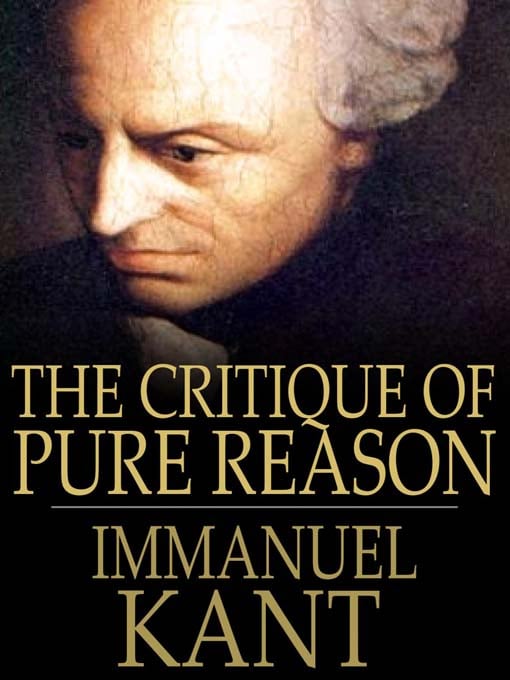
Beyond even this, if we have learned that there were small moves Descartes made with unforeseen ramifications, we should be aware the same can most likely be said of Kant’s Copernican Revolution, for the concepts of relativism stem from an understanding of the world as a personal experience with an unknowable ultimate reality. It would be foolish to not recognize the consequences of an unexperiencible, noumenal reality as disillusioning and/or liberating depending on how one might react to it; therefore we should expect to find both reactions. In fact, both reactions can be found in post-modernism disdain and revelry at the fact if there is any ultimate reality none of us are going to figure it out. Anyone of a half a dozen authors, from Joseph Heller to Thomas Pynchon, to Don DeLilo are examples of this. As time goes on, the ramifications of this and other aspects of Kant’s Copernican Revolution will continue to manifest themselves in mainstream culture just as Descartes’ have before them.
Other Hubs by Cdub77
- Literature, Philosophy and the Absurd: Voltaire's Candide
At the age of sixty-five, Voltaire, who had already established a name for himself as a philosopher, satirist and playwright, published his most famous work, Candide. The fictional work is a farce on the... - The Great American Anti-Hero: Faulkner's Thomas Sutpen as the Uniquely American Version of Joseph Ca
We have a few old mouth-to-mouth tales; we exhume from old trunks and boxes and drawers letters without salutation or signature, in which men and women who once lived and breathed are now merely initials... - Linguistic Origins & Etymology of the English Language: An Etymological Study of the Curious Eng
An etymological study of a word or term is one that traces its development and usage throughout the past. These studies are often interesting because language always develops and changes for reasons. This... - Literary Origins: Shakespeare's Creative Wordplay: A Linguistic Analysis of Catachreses in Hamlet.
The reputation of Hamlet as one of Shakespeares greatest plays often times overlooks one of the greatest achievements of the play. While many scholars acknowledge the play as the birth of the modern...






